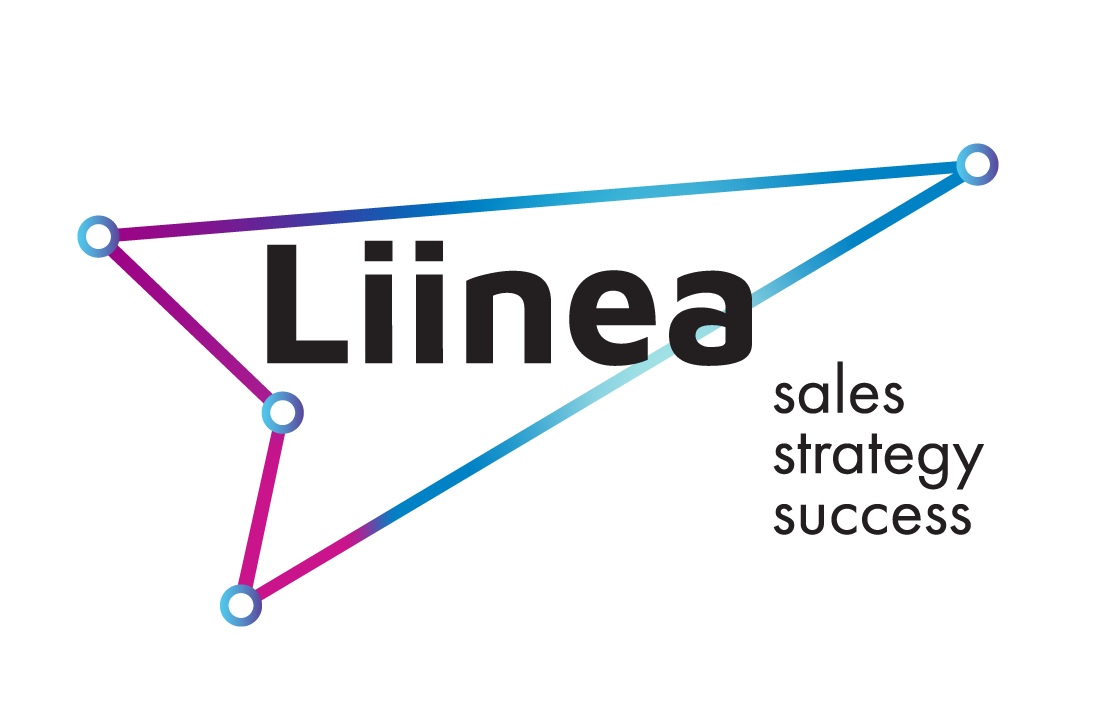Karina Collis
The death of solution selling
the main sales trend in 2021
the main sales trend in 2021
By Karina Collis, November, 2020
Over the last few decades, solution selling has been the dominating framework to sell to any company, small or large. In solution selling, the salesperson takes the role of an expert and adviser who helps to unveil an unknown for a prospect by identifying an issue in the business and providing a tailored solution that has the power to deliver improvements. In theory, this framework works well, but in practice it doesn't anymore. How confident can you be that the salesperson has a better understanding of an issue that the prospect is not even aware of? It may well have been true in the past, when there was little information available or accessible. Today, in a world of information overload, a buyer arguably is much more likely to be informed and doesn't want a salesperson to tell him what he needs.
Research by CEB showed that nowadays a typical enterprise buyer contacts a salesperson once he or she is already through approximately two thirds of he buying journey. Prospects prefer to discover and research issues and solutions themselves and to reach out to a salesperson mostly clarify details at the final stage of the decision-making process.
So how can a salesperson influence prospects and lead a sales conversation with well-informed buyers? The role of a salesperson is not anymore about coaching on issues and problems but instead it is about coaching on how to buy and implement a solution effectively.
So how can a salesperson influence prospects and lead a sales conversation with well-informed buyers? The role of a salesperson is not anymore about coaching on issues and problems but instead it is about coaching on how to buy and implement a solution effectively.
How does a salesperson successfully embrace this shift? Here are three recommendations that can help become a successful enterprise salesperson in the Information Age:

SALES TREND 1. Change in the qualification process requires focus on the potential to change
For years the dominant qualification process for decision-makers was based on three main criteria:
1
Change
Decision-makers acknowledge the need for change
2
Goals
Decision-makers clearly understand their goals
3
Process
The purchasing process is clearly determined
These criteria are easy to establish, and they have been used as a scorecard to forecast the likelihood of a potential purchase. But there are two main issues with these criteria today: they do not take into account the urgency of the decision-makers and how fast they want to move, and they don't work for a new product that hasn't been purchased in the past to establish a precedent.
So the more powerful question is whether a prospect has the need to change rather than just the potential to buy. The need to change, in other words motivation, can come from external factors, such as new regulations or industry standards, or internal requirements, for example, leadership pressure or high employee turnover. Even without a defined purchasing process, the existing pressure to change will make the deal happen much faster.
In order to benefit from the "need to change" qualification criteria, a salesperson must establish a credible relationship with the buyer and learn how to ask the right questions.
So the more powerful question is whether a prospect has the need to change rather than just the potential to buy. The need to change, in other words motivation, can come from external factors, such as new regulations or industry standards, or internal requirements, for example, leadership pressure or high employee turnover. Even without a defined purchasing process, the existing pressure to change will make the deal happen much faster.
In order to benefit from the "need to change" qualification criteria, a salesperson must establish a credible relationship with the buyer and learn how to ask the right questions.
SALES TREND 2. Connect to more people
With solution selling, a salesperson aims to establish relationships with an insider who can coach him or her on the internal processes and on how to deliver sales faster (this insider is also called a coach or an advocate). In an ideal world, the insider shares relevant insights about the company, connects the salesperson to decision-makers and helps prepare a tailored value-proposition for each decision-maker to influence them. But this kind of insider doesn't exist in the real world (or at least is very hard to find!) and a salesperson is usually more like a lonely lamb surrounded by a heard of wolves from the purchasing department.

An easy trap for a salesperson is to identify a "talker" and take him for an insider. Usually, a talker is accessible and easy to connect with. A talker doesn't take anyone's side, talks and promises a lot, but doesn't have enough insides and internal influence to help a salesperson to advance the sale.
The real solution lies in the old wisdom of "making more friends". Talk to more people instead of chasing a single elusive insider. It increases the chances to understand what is really happening in the target company and collect enough information to win the sale.
By nature, many salespeople tend to avoid sceptics as buyers although they sometimes act as effective mobilisers within their company. Why can conversations with sceptics move the needle? Because sceptics are truth-seekers, they are usually solution-agnostic and prefer to go through rigorous analysis to understand the benefits and consequences of implementing each option. By answering the hard questions one can get from sceptics, with well articulated arguments and answers, it is possible to get them on your side. In turn, sceptics will be able to mobilise the necessary internal forces to move the deal forward.
The real solution lies in the old wisdom of "making more friends". Talk to more people instead of chasing a single elusive insider. It increases the chances to understand what is really happening in the target company and collect enough information to win the sale.
By nature, many salespeople tend to avoid sceptics as buyers although they sometimes act as effective mobilisers within their company. Why can conversations with sceptics move the needle? Because sceptics are truth-seekers, they are usually solution-agnostic and prefer to go through rigorous analysis to understand the benefits and consequences of implementing each option. By answering the hard questions one can get from sceptics, with well articulated arguments and answers, it is possible to get them on your side. In turn, sceptics will be able to mobilise the necessary internal forces to move the deal forward.
SALES TREND 3. Coach prospects on how to buy and implement your solution
In solution selling, it is not only challenging for a salesperson to sell its product or service; it is equally challenging for a customer to purchase the solution. In many cases, a customer doesn't buy the same solutions every day. That is why he or she will not necessarily know who are the key stakeholders, decision-makers and what is the approval process. Besides, one buyer might struggle to mobilise all the departments internally and get their consensus and final approval without the support of the salesperson. A salesperson is much better positioned to coach the prospect on how to navigate the buying process, work with potential internal objections and roadblocks. A salesperson sees how similar sales are being closed or rejected across many organisations, identifies regular patterns and can propose different internal sales strategies. With this knowledge, the salesperson can anticipate challenges in a buying process and resolve them before they even arise. So instead of asking a buyer to coach the salesperson on how to sell to them, a salesperson can coach the buyer with insights on how to purchase.
The same logic applies to the implementation process. In many cases, a positive purchasing decision will come only when the key decision-makers are confident in the success of future implementation. The salesperson plays a crucial role here by also providing valuable implementation advice, notably on common traps to avoid.
The same logic applies to the implementation process. In many cases, a positive purchasing decision will come only when the key decision-makers are confident in the success of future implementation. The salesperson plays a crucial role here by also providing valuable implementation advice, notably on common traps to avoid.
In solution selling a salesperson shares insights with potential buyers. This notion is not changed. But the nature of insights is different today. If in the past, the salesperson shared insights with buyers about their potential issues, consequences and solutions to fix the issues, today's buyers are fully informed about all the inefficiencies and how to resolve them. The role of a salesperson is about coaching on how to purchase and implement the solution. But to make this happen, a salesperson needs to focus on a different type of buyers, who are able to make change happen and very often those buyers are not the most obvious people to connect with.
Other interesting articles for you:
We offer bespoke sales workshops and personalised coaching that cover: sales framework, sales process, sales pitch, strategic selling and many other sales topics.
Sales people who receive continuous training show
50% higher sales rates.
Please contact at karina@liinea.com
Sales people who receive continuous training show
50% higher sales rates.
Please contact at karina@liinea.com
Sign up
to join our start-ups community and learn about new sales and marketing insights
to join our start-ups community and learn about new sales and marketing insights





